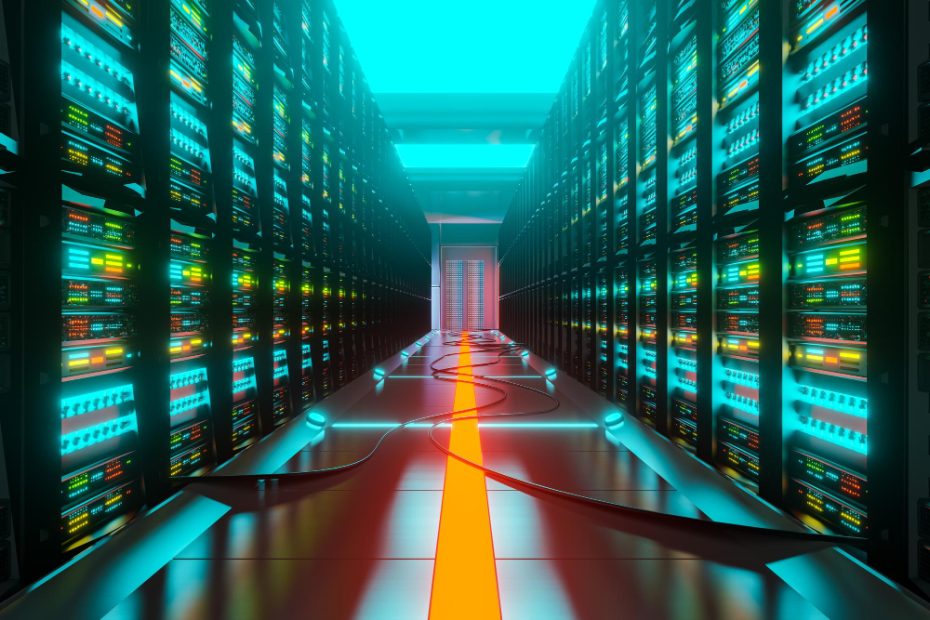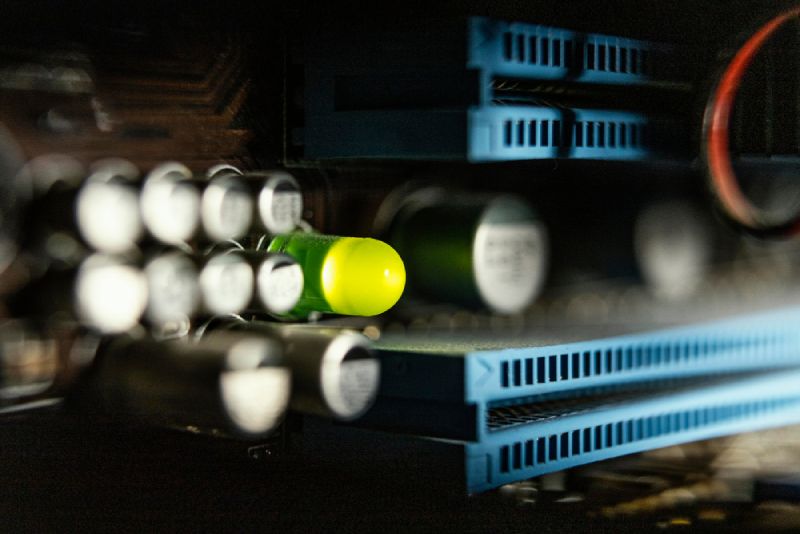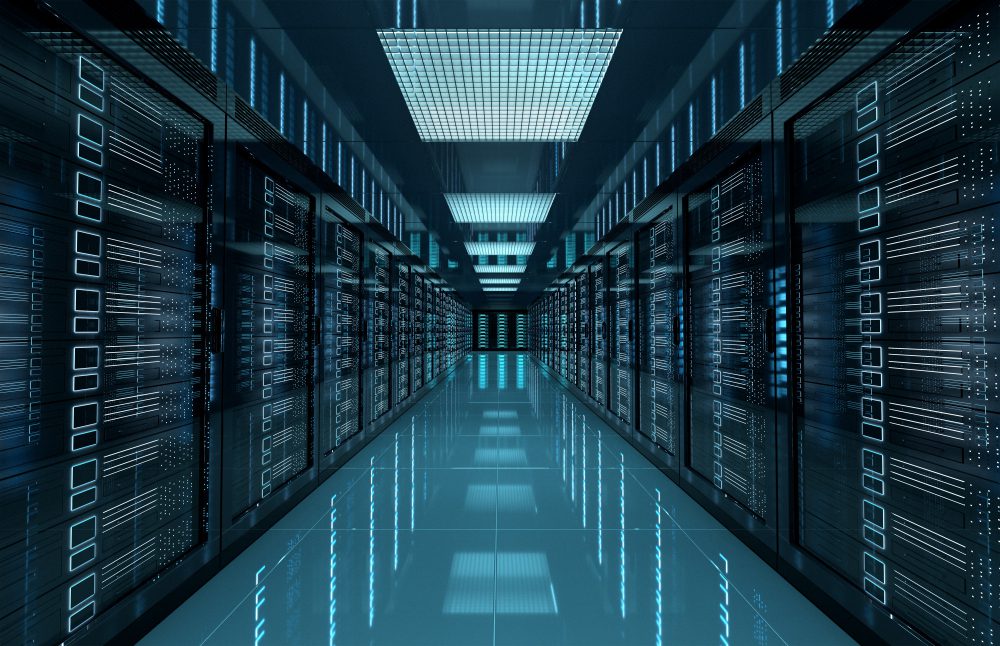How to Troubleshoot a NAS Server?
A NAS (Network Attached Storage) server is a device that provides centralized storage and file sharing for a network. It offers many benefits, such as data backup, remote access, and media streaming. However, like any other technology, NAS servers can sometimes encounter issues that require troubleshooting.
Common NAS Server Problems
Before diving into the troubleshooting process, it’s helpful to be aware of some common problems that users may encounter with their NAS servers. These include:
- Inaccessibility: When you are unable to connect to the NAS server or access your files.
- Slow Performance: When file transfers or accessing files on the NAS server takes longer than usual.
- Data Corruption: When the files stored on the NAS server become corrupted or inaccessible.
- Hardware Failure: When the physical components of the NAS server, such as hard drives or power supply, malfunction.
Troubleshooting Steps
To resolve these issues and get your NAS server up and running again, follow these troubleshooting steps:
Step 1: Check Network Connectivity
Ensure that your NAS server is properly connected to your network. Check the cables, ports, and network settings. If necessary, restart the router and NAS server to establish a fresh connection.
Step 2: Verify Power Supply
Make sure that the NAS server is receiving power. Check the power cable and outlet. If there is a power outage, wait for the power to be restored and then restart the NAS server.
Step 3: Update Firmware
Check the manufacturer’s website for any available firmware updates for your NAS server model. Updating the firmware can often address known issues and improve performance.
Step 4: Check Hard Drives
Inspect the status of the hard drives installed in the NAS server. Ensure that they are properly seated and functioning correctly. Use the manufacturer’s diagnostic tools, if available, to check for any drive failures or errors.
Step 5: Review Network Settings
Verify that the network settings on your NAS server are correct. Check the IP address, subnet mask, and gateway configurations. Make sure these settings match your network’s requirements.
Note: If you are uncertain about network settings, consult your network administrator or refer to the NAS server’s user manual.
Step 6: Reset Configuration
If all else fails, you can try resetting the NAS server to its factory default settings. This will erase all data and configurations, so ensure that you have backed up any important files before proceeding.
What to do when my NAS server is not accessible?
If you are experiencing difficulties accessing your NAS (Network Attached Storage) server, there are several troubleshooting steps you can take to resolve the issue. Follow these steps to get your NAS server up and running again:
1. Check Network Connectivity
Ensure that your NAS server is properly connected to your network. Check the cables and ensure they are securely plugged in. If you are using a wireless connection, make sure the Wi-Fi signal is strong and stable.
2. Confirm IP Address
Make sure your NAS server has a valid IP address. Use the command prompt or network settings on your computer to check if your NAS server is assigned an IP address. If not, try restarting your router or renewing the IP address manually.
3. Verify NAS Server Power
Check if your NAS server is powered on and receiving electricity. Ensure that all necessary power cables are connected securely. If your NAS server has a power button, press it to turn it off and then back on again.
4. Restart NAS Server
A simple restart of your NAS server can often resolve connectivity issues. Use the built-in restart option in the NAS server’s web interface or physically power it off and back on again.
5. Check NAS Server Settings
Verify the network and sharing settings on your NAS server. Ensure that the necessary protocols (such as SMB, NFS) are enabled and correctly configured. Additionally, check the user permissions and access rights for the shared folders.
6. Test Firewall and Antivirus Software
Temporarily disable any firewall or antivirus software that may be blocking the connection to your NAS server. If the accessibility issue is resolved after disabling these programs, you may need to adjust their settings to allow NAS server communication.
Remember to always keep your NAS server’s firmware and software up to date to ensure optimal performance and security.
Note: If you are uncertain of any of the troubleshooting steps or are unable to resolve the issue on your own, it is recommended to consult the user manual or contact the technical support for your specific NAS server brand.
How to Fix Slow NAS Server?
Introduction
A Network Attached Storage (NAS) server is a convenient way to store and access files over a network. However, if you experience slow performance issues with your NAS server, it can be frustrating. In this article, we will discuss some common reasons for slow NAS server performance and provide practical solutions to fix them.
1. Check Network Connection
The first step is to ensure that your network connection is stable and fast. Use a wired connection instead of Wi-Fi for better performance. Verify that your network cables are securely plugged in and not damaged. Restart your router or switch if necessary. You can also try connecting your NAS server directly to your computer to eliminate any potential network issues.
2. Optimize NAS Settings
Review the settings on your NAS server to optimize performance. Check if there are any firmware updates available and apply them. Adjust the network settings such as link aggregation or port trunking for increased bandwidth. Enable any performance-enhancing features specific to your NAS model.
3. Upgrade Hardware
If your NAS server is still slow, it might be time to consider a hardware upgrade. Check if your NAS supports adding more RAM or upgrading the hard drives to faster ones. Upgrading to a higher-performance NAS model with a faster processor and more memory can also improve overall speed.
4. Organize and Cleanup Data
If your NAS server is cluttered with unnecessary data, it can impact performance. Take some time to organize your files and delete any duplicates or irrelevant data. Clear up space on your hard drives by transferring unused files to external storage or deleting them entirely.
5. Monitor Resource Usage
Use the NAS server’s built-in monitoring tools to identify any resource-intensive processes. Close any unnecessary applications or services that may be consuming excessive CPU or memory. Consider scheduled tasks and background processes that may be running during peak performance times.
6. Consider RAID Configuration
If you are using RAID on your NAS server, verify the configuration for optimal performance. RAID levels with parity, like RAID 5 or RAID 6, can sometimes result in slower write speeds. Depending on your needs, you may consider switching to RAID 0 or RAID 10 for improved performance at the cost of redundancy.
What to do when NAS server is not showing up in network?
If your Network Attached Storage (NAS) server is not appearing on your network, it can be frustrating and hinder your access to important files and data. Fortunately, there are several steps you can take to troubleshoot and resolve this issue.
1. Check the physical connections
Firstly, ensure that all cables connected to your NAS server are securely plugged in. Disconnect and reconnect them to eliminate any loose connections. If the NAS server has an Ethernet port, make sure the Ethernet cable is properly connected to both the server and your router or switch.
2. Verify power source and restart
Make sure your NAS server is receiving power by checking the power adapter or power supply. If necessary, try plugging it into a different power outlet. Restarting the NAS server may also help resolve any temporary glitch. To do this, follow the manufacturer’s instructions for properly shutting it down and restarting it.
3. Confirm network settings
Check the network settings of your NAS server to ensure they are correctly configured. You can typically access these settings through a web-based interface provided by the NAS manufacturer. Make sure the server is set to obtain an IP address automatically (DHCP) or assign a static IP address within your network’s range.
4. Disable firewall or antivirus software
In some cases, firewalls or antivirus software can interfere with the connection between your NAS server and the network. Temporarily disable any such software and check if the NAS server appears on the network. If it does, you may need to adjust your firewall or antivirus settings to allow the server’s communication.
5. Restart your network devices
If the above steps have not resolved the issue, try restarting your router, switch, or any other network devices you are using. Sometimes, a simple restart can resolve connectivity issues and refresh the network.
By following these troubleshooting steps, you should be able to get your NAS server to appear on your network. If the problem persists, it may be worth contacting the manufacturer’s support team or seeking assistance from an IT professional.
How to fix NAS server connection issues?
Introduction
NAS (Network Attached Storage) servers are an efficient way to store and manage data in a network environment. However, sometimes users may encounter connection issues that can hinder their access to the NAS server. In this article, we will explore common NAS server connection problems and provide troubleshooting tips to help resolve them.
1. Check Network Connection
The first step in resolving NAS server connection issues is to ensure a stable network connection. Verify that all cables are securely connected and there are no physical damages. Restarting the router or switch might also help in case of network glitches.
2. Verify IP Address and Network Settings
Make sure that the NAS server has a valid IP address within your network. Double-check the network settings, including subnet mask and gateway settings, to avoid any conflicts. You can refer to the NAS server’s user manual or administration panel for instructions on configuring network settings.
3. Firewall and Antivirus Settings
Firewall or antivirus software installed on your computer may block the NAS server’s connection. Temporarily disable these security measures to see if they are causing any interference. If the connection works after disabling them, reconfigure the firewall or antivirus settings to allow access to the NAS server.
4. Update Firmware and Drivers
Outdated firmware or driver versions can sometimes cause compatibility issues, leading to connection problems. Check the NAS manufacturer’s website for the latest firmware updates and install them accordingly. Similarly, update the network card drivers on your computer to ensure compatibility.
5. Ensure Sufficient Permissions
Check the permissions and user settings on the NAS server to ensure you have the necessary access rights. Without proper permissions, your connection might be restricted or denied. Consult the user manual or contact the NAS server’s support team for guidance on setting up permissions.
6. Network Troubleshooting Tools
If the above steps don’t resolve the issue, you can utilize network troubleshooting tools to diagnose the problem further. Tools like “ping” and “tracert” can help identify network connectivity issues or potential bottlenecks along the network path to the NAS server.
Pro-tip: Before attempting any troubleshooting steps, it is recommended to backup important data stored on the NAS server to avoid any accidental data loss.
By following these troubleshooting tips, you should be able to resolve most NAS server connection issues. If the problem persists, it is advisable to contact the NAS manufacturer’s support team for further assistance.
How to recover data from a failed NAS server?
Introduction
A Network Attached Storage (NAS) server is a convenient and efficient way to store and access your important data. However, just like any other storage device, a NAS server can fail, leading to potential data loss. In this article, we will explore various methods to recover data from a failed NAS server.
1. Identify the cause of failure
The first step in recovering data from a failed NAS server is to determine the cause of the failure. It could be due to hardware issues, software corruption, or even accidental deletion. Understanding the root cause will help you choose the most appropriate data recovery method.
2. Take preventive measures
Before attempting any data recovery, it’s important to prevent further damage to the NAS server. Disconnect it from the network and power source, and avoid any attempts to fix the hardware yourself if you’re not experienced. Seek professional help if needed.
3. Use data recovery software
If the NAS server failure is due to logical errors or accidental deletion, data recovery software can be a useful tool. There are several reliable options available that can scan the failed NAS and recover lost or deleted files.
4. Seek professional data recovery services
If your NAS server has suffered from physical damage or hardware failure, it’s best to consult a professional data recovery service. These experts have the necessary expertise and equipment to recover data from physically damaged storage devices.
5. Restore from backups
If you have regular backups of your NAS server data, restoring from those backups can be an effective way to recover lost data. Make sure to follow proper backup strategies and keep multiple copies of your data in different locations to avoid future data loss.
“Preventive measures can help minimize the risk of data loss. Regularly check the health of your NAS server and implement redundancy measures whenever possible.”
Using tables:
| Data Recovery Method | Applicability | Advantages |
|---|---|---|
| Software-based recovery | Logical errors, accidental deletion | – Cost-effective – User-friendly – Can recover a wide range of file types |
| Professional data recovery service | Physical damage, hardware failure | – Expertise and specialized equipment – Higher chances of successful recovery – Minimizes further damage |
| Restoring from backups | Regular backup strategy | – Quick restoration – Multiple copies of data – Prevents future data loss |
Conclusion
A slow NAS server can hinder productivity and frustrate users. By following the steps outlined in this article, you can troubleshoot and resolve common issues affecting NAS server performance. Remember to regularly monitor and maintain your NAS server to ensure optimal speed and efficiency.
Dealing with a failed NAS server can be distressing, but there are several methods available to recover your valuable data. Whether it’s software-based recovery, professional assistance, or relying on backups, assessing the cause of failure and taking appropriate measures are crucial for successful data recovery.



